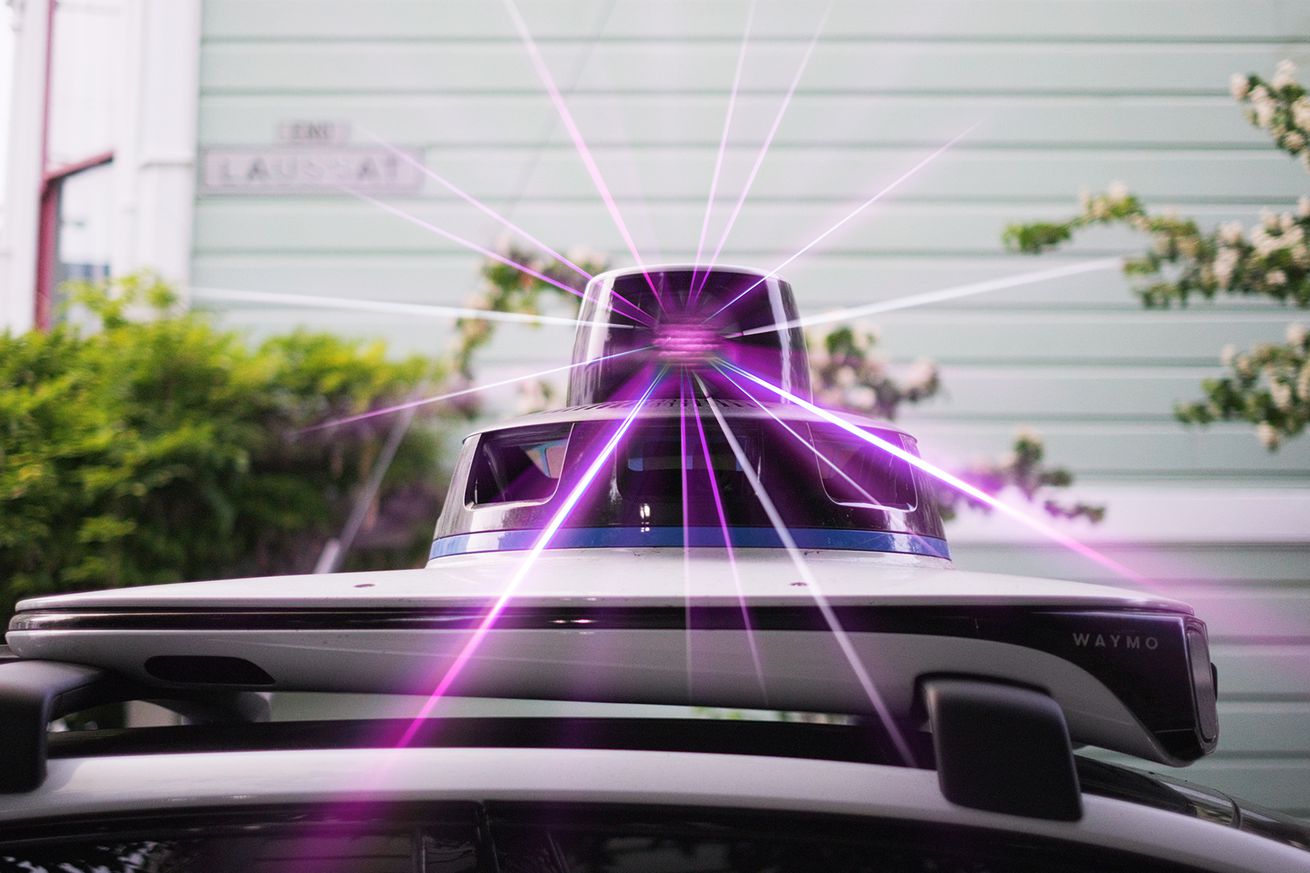
How self-driving do we need our self-driving cars to be?
There’s a big debate happening in the self-driving car world: what’s the best way for these vehicles to see the world around them? Both Tesla and those autonomous taxi startups, like Waymo and Cruise, use powerful machine vision systems to help their cars navigate the world, but that’s where the similarities end. A Tesla’s view of the world is provided entirely by cameras, whereas Cruise and Waymo use an array of different kinds of sensors, most critically lidar. Short for “Light Detection and Ranging,” lidar systems use pulses of lasers to map the environment with impressive fidelity, though at a much higher cost.
Lidar has become a surprisingly bitter bone of contention for those competing for a self-driving future. Former Uber CEO Travis Kalanick (in)famously declared “laser is the sauce” (which is a compliment, we’re pretty sure); Elon Musk, conversely, has claimed that any company relying on the powerful but expensive tech is “doomed.”
So who’s right? Again, no easy answers. But the stakes are high: this seemingly nerdy debate actually represents two hugely different visions for the future of cars. And as real-world traffic disruptions, accidents, and even fatalities involving self-driving cars pile up, the implications of this sensor battle will become even more clear. Check out our latest episode of Status Update, embedded above, to learn a lot more.

